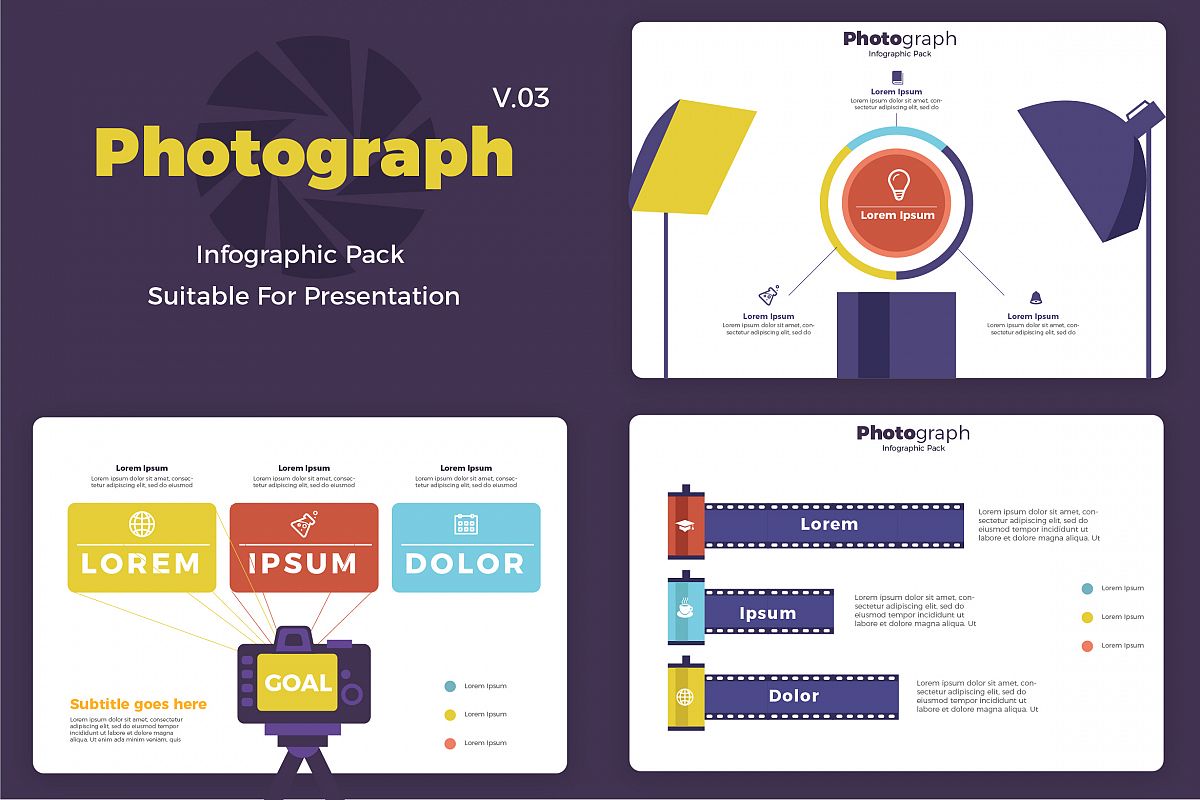Digital Photography Tips For Beginners: Mastering Your Video Camera Quickly
Digital Photography Tips For Beginners: Mastering Your Video Camera Quickly
Blog Article
Write-Up Composed By-Tobin Ploug
When you initially pick up your camera, it can feel overwhelming with all the settings and choices offered. You may find yourself questioning just how to browse aperture, shutter rate, and ISO efficiently. Grasping these principles is important, yet there's even more to photography than simply technical knowledge. Recognizing make-up techniques and lights problems can raise your images drastically. So, what if you could discover straightforward strategies to enhance your skills and start catching outstanding photos quicker than you think? Allow's explore exactly how to transform your digital photography journey.
Recognizing Camera Setups
Understanding your cam setups is vital for recording spectacular photos. When you grab your cam, familiarize on your own with the three major setups: aperture, shutter rate, and ISO. Each plays a crucial role in exactly how your photos turn out.
Begin with aperture, which manages the quantity of light entering the lens. A wider aperture (reduced f-number) lets in a lot more light and creates a beautiful background blur, best for portraits. On the other hand, a narrower aperture (greater f-number) maintains more of the scene in emphasis, perfect for landscapes.
Next, focus on shutter speed. This setting establishes for how long your camera's sensor is subjected to light. A fast shutter speed ices up movement, which is wonderful for activity shots, while a slow-moving shutter speed can create magnificent results like smooth water in landscapes.
Finally, adjust your ISO. This setup affects your electronic camera's sensitivity to light. A higher ISO works in low-light scenarios but can present sound or grain. Go for the lowest ISO feasible while still attaining appropriate direct exposure.
Composition Methods
When you're out capturing, composition can make all the difference in exactly how your photos reverberate with customers. Beginning by using the guideline of thirds; envision your structure split right into 9 equal sections with 2 horizontal and 2 vertical lines. Position key elements along these lines or at their intersections to create equilibrium and rate of interest.
Next off, consider leading lines. These natural lines in your scene, like roads or rivers, draw the customer's eye right into the picture, leading them through the story you're telling.
Don't ignore framing; use components within your scene, like trees or home windows, to develop a structure around your topic, adding depth and emphasis.
Likewise, keep an eye on your history. A messy history can distract from your main subject, while a simple one assists it attract attention.
Last but not least, explore proportion and patterns; they can create a striking image that records interest.
Learning Lights Conditions
Grasping lighting problems is vital for capturing spectacular photographs, as the ideal light can change a normal scene into something amazing.
Beginning by observing natural light at various times of the day. Mornings and late afternoons use the most effective light, referred to as the gold hour. The soft, cozy tones during these times can enhance your pictures beautifully.
Do not shy away from cloudy days either; diffused light can minimize severe shadows and produce a pleasing effect, particularly for pictures.
Trying out backlighting by positioning your subject against the light. This technique can develop a wonderful halo impact and add deepness to your photos.
Take notice of your electronic camera settings too. Change the ISO, aperture, and shutter speed to suit the lighting conditions. A higher ISO can aid in reduced light, however be cautious of grain.
Utilize a tripod in darker settings to prevent blur.
Lastly, don't fail to remember synthetic illumination. Click On this site and constant lights can be great devices for controlling light in difficult problems.
Final thought
Finally, grasping your electronic camera doesn't need to be frustrating. By recognizing your setups, applying composition techniques, and utilizing the power of all-natural light, you'll rapidly boost your digital photography abilities. Remember, practice makes perfect, so get out there and experiment with your newfound understanding. With please click the following internet site and devotion, you'll be catching magnificent images that reflect your unique viewpoint. Appreciate the trip, and don't neglect to have a good time while you're at it!
